It’s important to treat bees for mites in a proactive manner at all times. Varroa mite management is an important and necessary aspect of serious beekeeping. A varroa mite infestation can quickly cause high failure, and it is often difficult to detect these tiny invaders.
Many times, beekeepers believe that their hives have failed because of loss of the queen, hive beetles, wax moths, starvation and other common beehive maladies. They end up treating for these problems and entirely miss the true culprits, varroa mites.
Read on to learn more and to get an answer to the following question: When should I treat my bees for mites.
What You'll Learn Today
- How Do Varroa Mites Kill Bees?
- When Should You Treat Your Bee Colony For Varroa Mites?
- What Is The Best Treatment For Varroa Mites?
- What About Home Remedies For Varroa Mites?
- What Is Treatment-free Beekeeping?
- Good Hive Management Is Your Best Insurance Against Mites
- Frequently Asked Questions
- Q: Why is the Varroa mite the most serious external parasite of honey bees?
- Q: Are there other parasitic mites that are dangerous to bees?
- Q: What is the Aethina tumida?
- Q: What is the bee louse and how does it affect honey bees?
- Q: What brood disease is the most widespread and the most destructive of the many brood diseases that affect honey bees?
- Q: Is European foulbrood disease the same as American foulbrood disease?
- Q: Are all brood diseases bacterial?
- Q: Are there viral brood diseases?
- Q: What is Bee parasitic mite syndrome (BPMS)?
- Q: What causes deformed wing virus (DWV)?
- Q: What do wax moth larvae look like?
- Q: Are all creatures that seek shelter in beehives harmful to the bees or hive equipment?
- Q: Will ants hurt bees?
- Q: What if you see evidence of mice in your honey bee hives? Should you be worried?
- Q: Will skunks bother bees?
- Q: How can you keep bears out of your beehives?
How Do Varroa Mites Kill Bees?
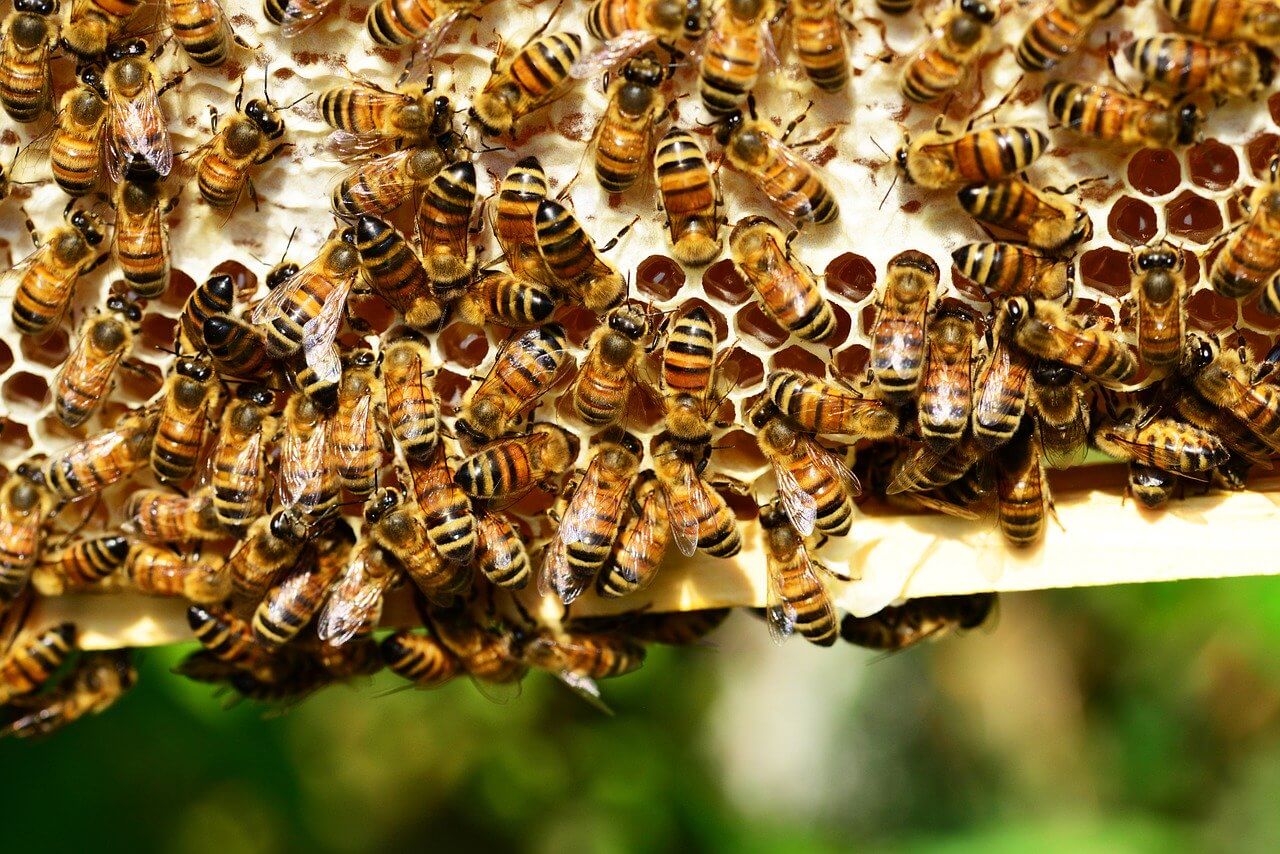
Varroa mites damage bees in two ways. First, these parasites sap individual bees’ strength. Secondly, they are vectors for viral diseases.
A varroa mite infestation can cause a sick hive which eventually collapses. As the hive collapses, it may be robbed out by other colonies. This causes a spread of all of the diseases associated with the mite infestation.
Queen bees can be infected by non-lethal viruses that result in poor brood production. They may also cause the queen to be superseded by another individual, and this results in failure of the colony.
When Should You Treat Your Bee Colony For Varroa Mites?
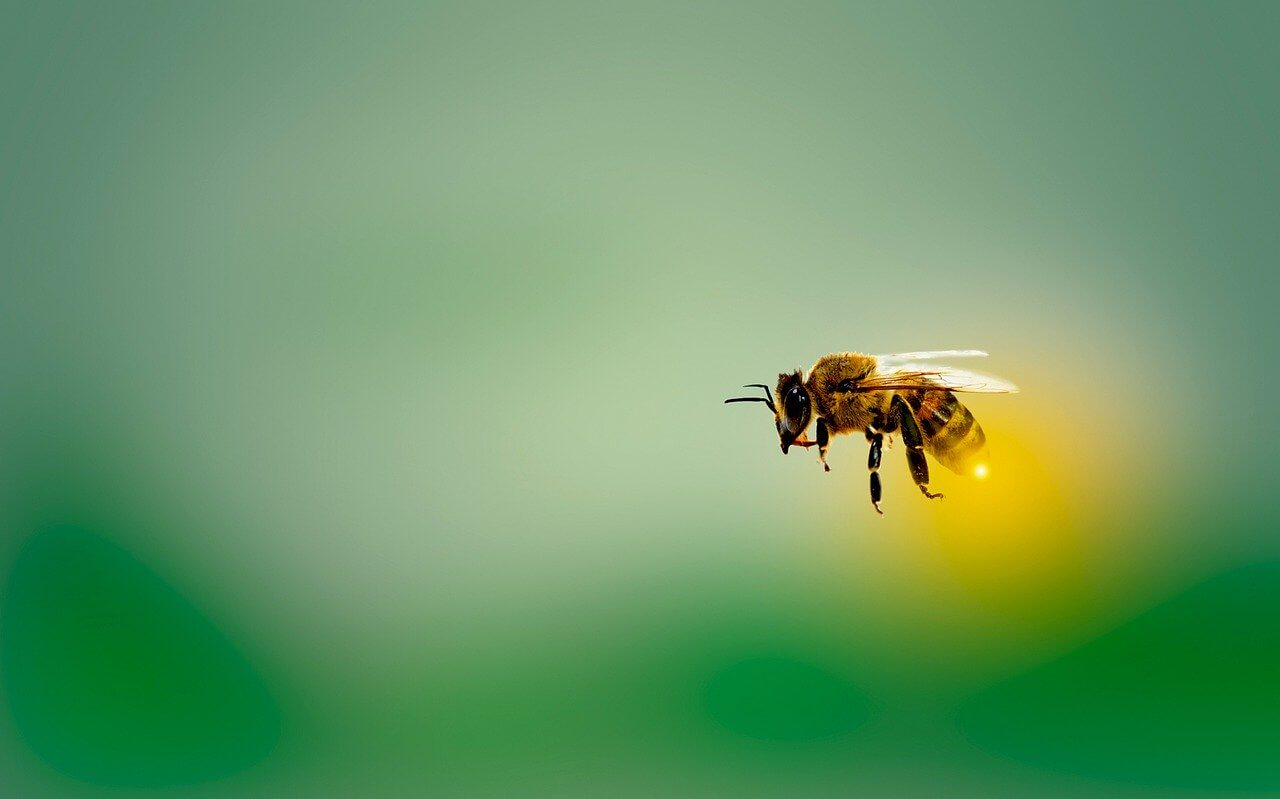
One of the most important aspects of treating for varroa mites is timing. Be sure not to use any treatment during the months of April through July when the supers are on the hives. This could have a negative impact on the quality and purity of the honey.
You want to make certain to eradicate or at least lower mite populations before autumn. Brood buildup typically occurs from September through the middle of November. If you don’t treat for mites during this time, the varroa mite population will increase dramatically.
If there are lots of mites in your beehive at the beginning of winter, you can count on having your hive fail before spring.
For these reasons, it’s a good idea to treat routinely three times a year:
- Treat during the months of July and August prior to autumn brood buildup.
- Treat during the months of November and December during the time when there is no brood.
- Treat during the months of February and March prior to the start of honey season.
It’s very important to treat proactively. If you wait until you are aware of a varroa mite infestation, it’s probably too late.
Most treatment manufacturers warn that treating a weak hive will significantly stress your bees. To keep your hive healthy, you must treat it regularly, while it’s healthy.
What Is The Best Treatment For Varroa Mites?
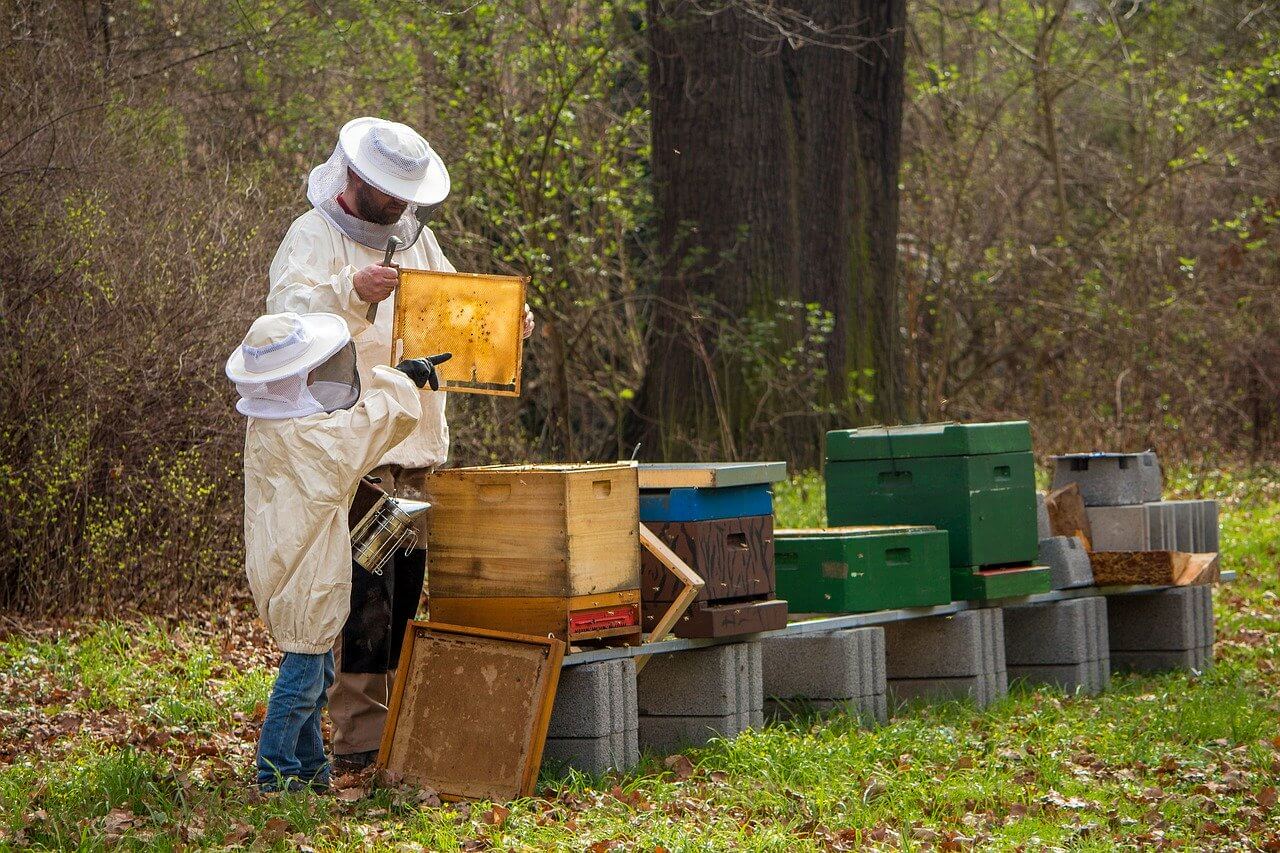
Although many beekeepers express a preference for so-called “soft” treatments, which are naturally produced, the fact is these treatments can be rather unpredictable.
Natural miticides, such as thymol and formic acid are preferred by many beekeepers. If you choose to go the natural route, you must take care to apply the products correctly and repeat application consistently to significantly reduce the mite population.
Chemical treatments prepared especially for use in beehives typically kill more adult mites and remain effective to kill juveniles as they hatch and become active.
On the downside, some synthetic treatments leave long-lasting or permanent residues inside the beehive. This can interfere with the drones’ and the queen’s fertility. Some beekeepers believe that synthetic residues contribute to ongoing health problems for bees.
Another problem with synthetics is that mites can develop resistance to them. This is especially true if the same product is used repeatedly. For this reason, it may be a good idea to rotate products so that mites cannot evolve in a way that allows them to resist.
There are a number of good synthetic and natural miticides that are regulated by the Environmental Protection Agency. When purchasing any product, look for this certification. Read and follow all instructions carefully.
What About Home Remedies For Varroa Mites?
Some home remedies for mites work quite well. Among these are essential oils such as thyme oil. This is the main ingredient in a very popular commercial treatment known as Honey – Bee Healthy.
Another natural treatment that is quite effective is oxalic acid. This is a government approved, organic, naturally occurring acid that is inexpensive, stable in wide-ranging temperatures and quite effective when used consistently.
Varroa Mite Oxalic Acid Treatment
One remedy that does not work and should be avoided is dusting with powdered sugar. While it may have an effectiveness of 30% to 50%, it also has a dangerous side effect. Dusting sugar over your beehive simply gums up the works and can kill your brood.
What Is Treatment-free Beekeeping?
Some beekeepers swear by the “treatment-free” method. With this method, you simply take good care of your bees, keep them as healthy as possible and allow the occasional high failure.
The idea is based in survival of the fittest concept. The bees that survive occasional varroa mite infestation will produce offspring that are better able to survive this type of infestation.
If you want to try this type of mite management, you can begin your hive with bees that have been raised in this manner, specifically for the purpose of creating mite resistant bees.
There are apiaries that specialize in producing mite resistant bees, but one side effect of this is that these bees are sometimes reported to be quite aggressive.
Be aware that if you want to try treatment-free beekeeping, you should be ready to be very vigilant in examining your hives frequently. You must take extra good care of your bees to keep their own resistance high.
You must also be prepared for tremendous losses if and when your bees are infested with varroa mites or other viruses, parasites and/or pests.
Read also: When To Move Bees From Nuc To Hive?
Good Hive Management Is Your Best Insurance Against Mites
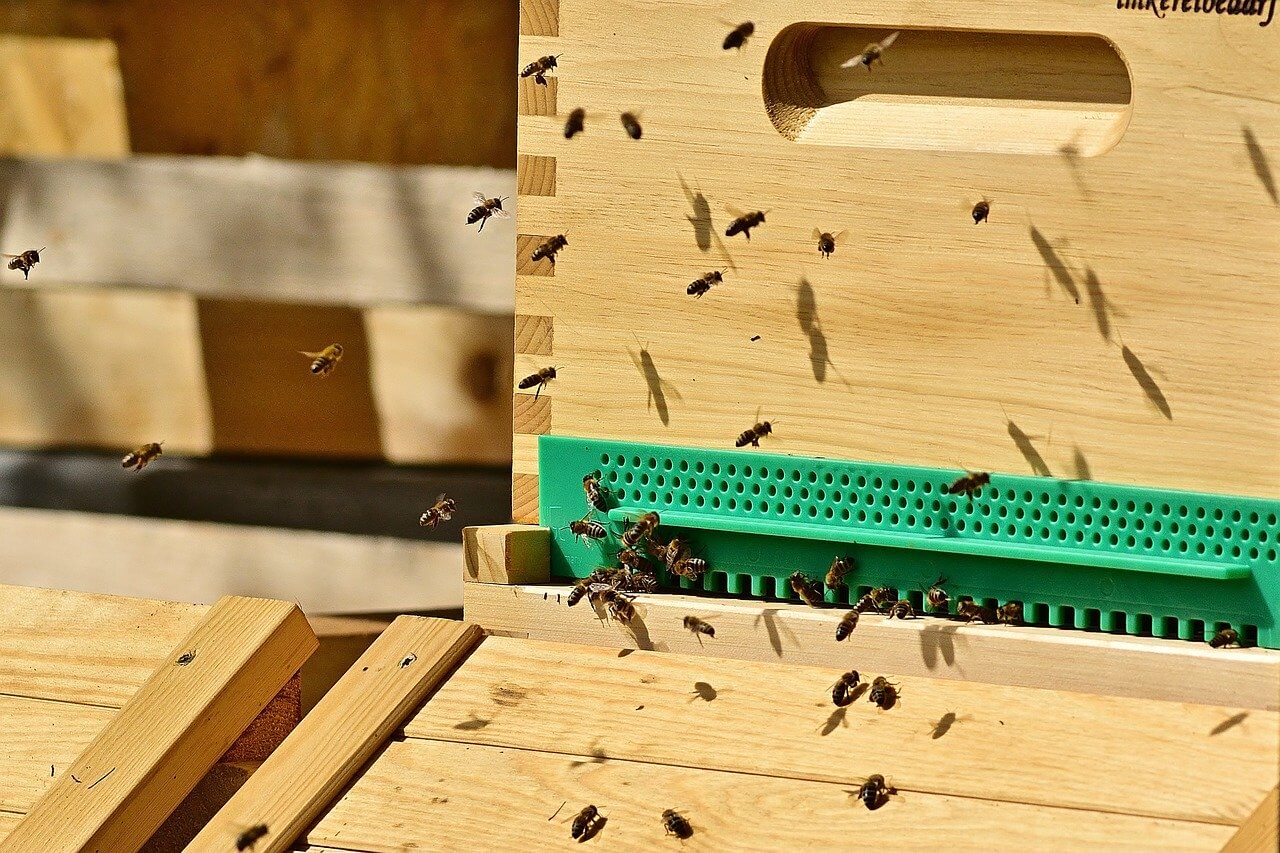
Just as with people, healthy bees are better able to resist viruses, bacteria and parasites. For this reason, it’s extremely important that no matter what type of mite management you choose, you also practice exemplary hive management.
Here are some 10 smart tips to help you keep your beehives healthy:
- Inspect your hives at least once every two weeks during the honey production season.
- Watch carefully to be sure that your queen is present, accounted for and healthy.
- Be sure that your bees are well fed. If your hives don’t have enough open nectar and honey, you must supplement.
- Protect your bees against robbing, which causes stress, malnutrition and loss of the queen. Use robber screens to prevent this problem.
- Don’t put all your eggs in one basket. Be sure to have at least two working hives. Four or five is better.
- Split established hives to make more in the springtime.
- Combine hives to reduce wintertime maintenance in the autumn.
- Always have spare equipment set up and ready to go at a moment’s notice.
- Keep extra supplies of medication and feed on hand at all times.
- Practice integrated pest management (IPM). This is a cultural method of dealing with pests through a combination of good husbandry, prevention and treatment.
Frequently Asked Questions
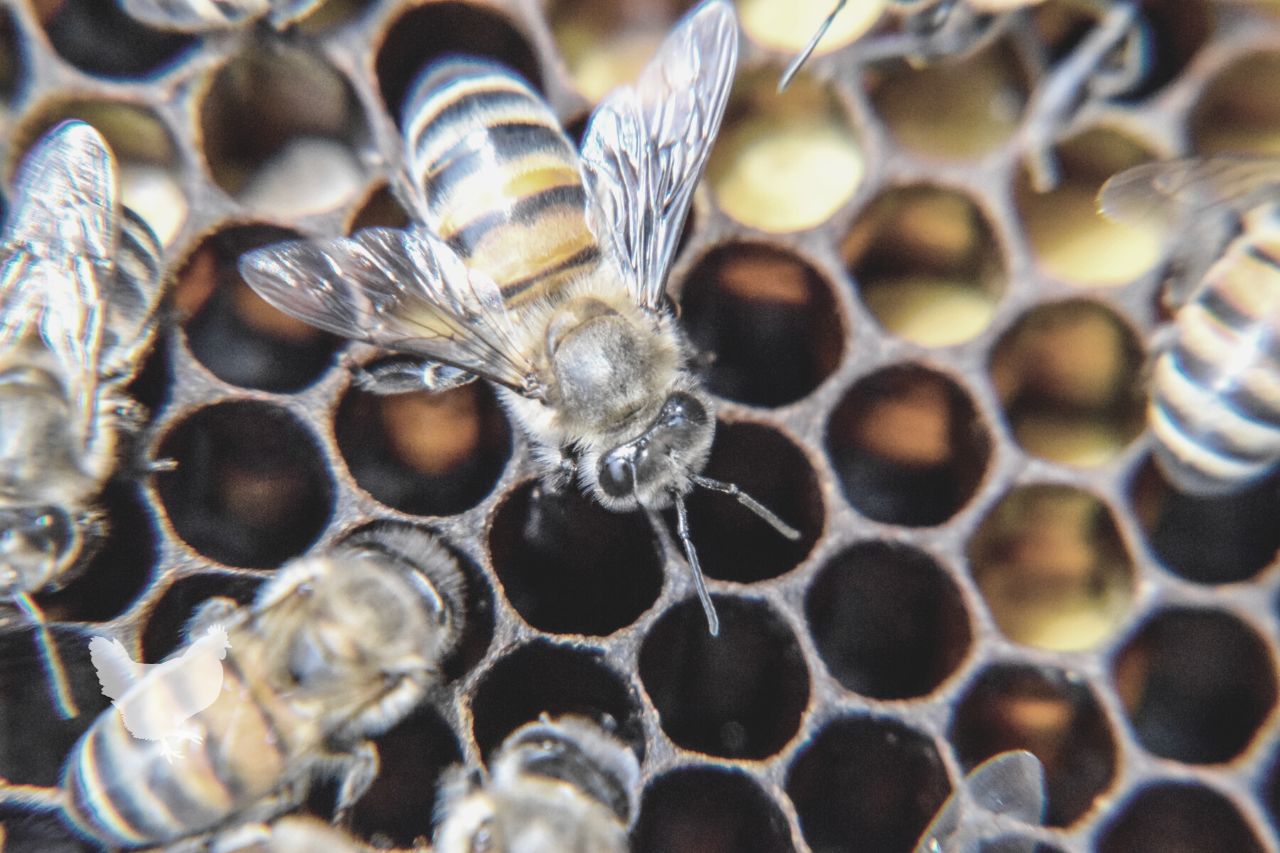
Q: Why is the Varroa mite the most serious external parasite of honey bees?
A: The Varroa mite (aka: Varroa destructor) is inarguably the most serious external parasite of honey bees because it feeds on bees at every stage of development from prepupae to pupae to adult.
Q: Are there other parasitic mites that are dangerous to bees?
A: The Acarapis woodi (honeybee tracheal mite) is an internal parasitic mite which lives in the tracheae, breathing tubes, thorax, abdomen and even the head of a honeybee.
Q: What is the Aethina tumida?
A: This small hive beetle (SHB) is a fairly recent addition to the bee pest community. These tiny beetles (native to sub-Saharan Africa) take up residence in hives, eat and contaminate the honey and lay eggs which hatch into small cream-colored grubs.
Q: What is the bee louse and how does it affect honey bees?
A: The bee louse, also known as Braula coeca Nitzsch, is a wingless fly. It is small and reddish-brown in color. While several adult flies may live on a queen, they usually do little harm to honey bees.
Q: What brood disease is the most widespread and the most destructive of the many brood diseases that affect honey bees?
A: American foulbrood (Paenibacillus larvae = Bacillus larvae) is a bacterial brood disease that is caused by a spore-forming bacterium. It is the most widespread and destructive brood disease among honey bees because it is impossible to eliminate and affects queen, drone, and worker larvae.
Q: Is European foulbrood disease the same as American foulbrood disease?
A: No, European foulbrood (Melissococcus pluton) is considered less serious than American foulbrood because it does not form spores and lie dormant. This means that bee colonies can recover fully from infections. Rather than being ever-present, European foulbrood is most prevalent in the spring and early summer.
Q: Are all brood diseases bacterial?
A: No, Chalkbrood (Ascophaera apis) is a fungal brood disease. It affects worker, drone, and queen bee larvae when they are three or four days old. Spores of the fungus are ingested with the larval food and germinate in the hind gut of the larva. The fungus commences to eat the food ingested by the larva, and soon the infected larva are covered with white mycelium which fills the brood cell leaving lifeless “mummies”.
A: Yes, Sacbrood is a brood disease that is caused by a virus. Like many viruses, it tends to simply run its course and usually does not result in severe losses. Adult bees are usually able to detect the virus and remove infected larvae quickly. For this reason, it often affects only a small percentage of the brood.
Q: What is Bee parasitic mite syndrome (BPMS)?
A: BPMS is a complex of symptoms associated with Varroa mites, viruses, or a combination thereof. If you notice a high mite load in your hives, especially along with uncapped pupae (some with their heads chewed off) you can very reasonably suspect that your bees are suffering with BPMS.
Q: What causes deformed wing virus (DWV)?
A: This is yet another symptom of heavy Varroa mite infestation. It is caused by a virus that is carried by Varroa mites, and it is the most prevalent bee virus worldwide. As the name suggests, this virus causes stunted, deformed wings in bees, and it also affects a wide variety of other insects and arachnids in various ways.
Q: What do wax moth larvae look like?
A: Though you might think wax moth larvae would look like caterpillars, they actually just look like little grubs or maggots. It‘s easy to mistake them for small hive beetle larvae if you see them in your hive. You are more likely to make a positive identification by the mess they leave behind. They chew through honeycomb leaving tunnels, frass and webbing along the way.
Q: Are all creatures that seek shelter in beehives harmful to the bees or hive equipment?
A: Beehives provide shelter to a variety of large and small creepy crawlies such as spiders, earwigs, and cockroaches. These creatures are not harmful to the bees or hive equipment and do not require control.
Q: Will ants hurt bees?
A: Ants are usually not considered serious pests in honey bee hives, but some species of ants may enter hives to search for food or make nests. You’ll usually find them in between the inner and outer covers of the hive, and you may also find them in pollen traps. Ants don’t usually bother the bees, but you certainly don’t want them to eat and/or contaminate the honey.
Q: What if you see evidence of mice in your honey bee hives? Should you be worried?
A: Mice are a big problem when it comes to store honeycombs, and they may also make nests in active hives during the fall and winter months. They do a lot of damage by chewing combs and frames to make room for their nests. They also contaminate the hives by urinating on combs and frames. This repels bees from the combs and prevents them from cleaning out these nests in the spring. For all these reasons, you should definitely be worried about mice, and the same goes for other rodents (e.g. rats, voles and shrews).
Q: Will skunks bother bees?
A: In some places, skunks are a serious threat to successful beekeeping because they can really interfere with the development of strong bee colonies. Skunks eat insects, and they may raid your bee hives every night. They scratch up the hive entrances, and they can eat lots of bees. This kind of attack is most likely to happen in the springtime, but it can also happen at any time throughout the summer and fall.
Q: How can you keep bears out of your beehives?
A: Bears are a serious threat to beekeeping because they can cause a lot of damage to your hives and equipment. Bears usually raid bee hives at night, and they aren’t subtle about it. They smash hives in order to eat both the brood and the honey. When a bear has located an apiary, it will tend to come back repeatedly and may bring its friends and family. It’s very hard to stop this behavior once it starts, so it’s a good idea to keep your bee hives fenced off and keep a good watch dog on duty if you think bear raids may become a problem.
I wish I could read this post earlier. Thank you for sharing!
Hello and thanks for a great post.
I have a question on when to treat.
I just caught a couple of swarms and bought three nucs this spring.
I have not treated for mites as of yet and after reading your article my question is. Should I still wait until July to treat?
Thanks
Wayne Gillespie
rwg500@reagan.com
706-936-0652
That’s a good question, Wayne, and I’m sorry it’s taken so long to answer it. ANY time you introduce new bees (even from impeccable sources) you should treat them for mites immediately.
You didn’t mention Apivar as a treatment . Why is that?
Gordon until recently, there were some problems with the labeling of the product that made recommending it a bit iffy. It looks like this situation has been resolved. https://www3.epa.gov/pesticides/chem_search/ppls/087243-00001-20210715.pdf